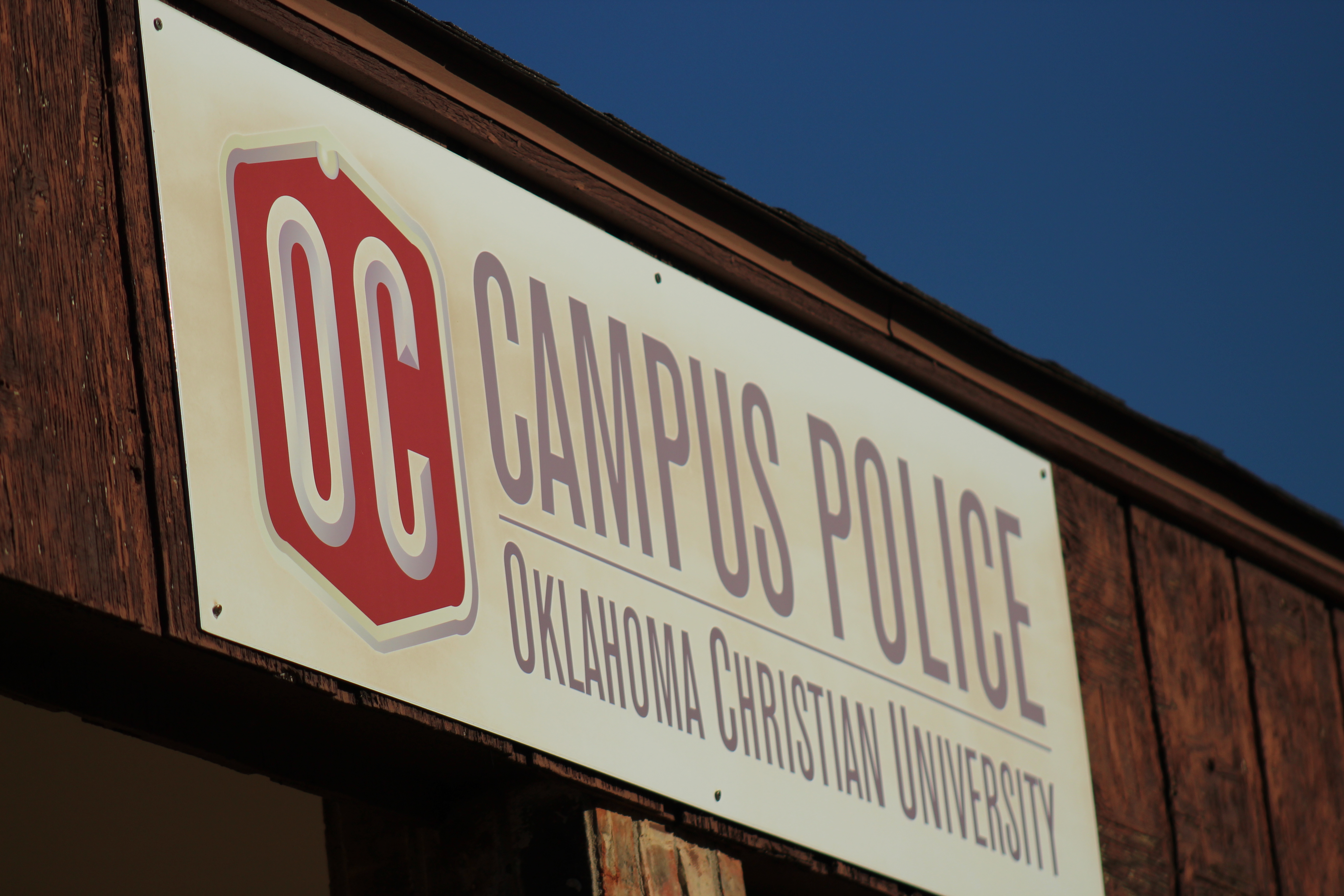The threat of a school shooting is a lingering fear for many students. Since the Virginia Tech mass shooting in 2007, which killed 32 people and wounded 17 others, 122 people have died and 198 have been injured in college campus shootings. As the number of shootings continue to rise, many are asking, “What can be done to keep students safe?”
Oklahoma Christian University’s campus police are instituting recommended safety procedures for classrooms in light of this question.
In an interview with the Talon, Chief of Campus Police Greg Giltner explained new safety policies. These changes are designed to help professors keep students in their classrooms safe in the event of an active shooter.
“The ideal situation is to lock classroom doors once class begins,” GIltner said.
According to Giltner, locked classroom doors have proved to protect students in school shootings.
“I attended a class where we were able to interview Krista Anderson, a victim of the Virginia Tech shooting,” Giltner said. “[During the shooting], every classroom the assailant encountered with an unlocked door sustained multiple casualties or injuries. Every room he came to where the professor had time to lock the door, [there] were no casualties, no injuries.”
Although the changes will affect students’ ability to come into or leave classes, Giltner emphasized the policy’s effectiveness in the instance of an active shooter.
“It’s an inconvenience for the professors; it’s an inconvenience for the students,” Giltner said. “As a temporary fix, once class starts, you lock the door and most active shooters don’t spend time trying to breach that door. They will go on to an area that is less secure.”
While the procedure is not mandatory, Giltner said he recommends all professors lock classroom doors for the safety of students. He has led safety presentations with several departments and plans to present to more.
Giltner also endorses the “run, hide, fight” procedure when dealing with an active shooter on campus.
According to Department of Homeland Security, during an active shooter situation, it is best to “run and escape, if possible, hide, if escape is not possible and fight as an absolute resort.”
“Law enforcement has a seven to 10 minute response time,” Giltner said. “Most shootings are done within six to seven minutes. Theoretically, the shooting has already occurred before law enforcement can get there. On our campus, if something is happening on the northeast corner, we would have everyone else in different areas leave. The idea of ‘run’ is to get far away from the shooter.”
If a shooter is too close to an individual’s area for them to run, Giltner said the next step is to hide.
“It is not safe to go out in the hall,” Giltner said. “Lock the doors, shut the blinds, put barricades up against doors, silence cell phones. Hide where you are as best as you can.”
If the assailant reaches a location before students may run or hide, the Department of Homeland Security recommends to “commit to your actions and act as aggressively as possible against the shooter. Recruit others to ambush the shooter with makeshift weapons. Be prepared to cause severe or lethal injury to the shooter. Throw items and improvise weapons to distract and disarm the shooter.”
“As an assailant approaches, it is very difficult for them to shoot accurately as they are dodging things,” Giltner said.












Be First to Comment